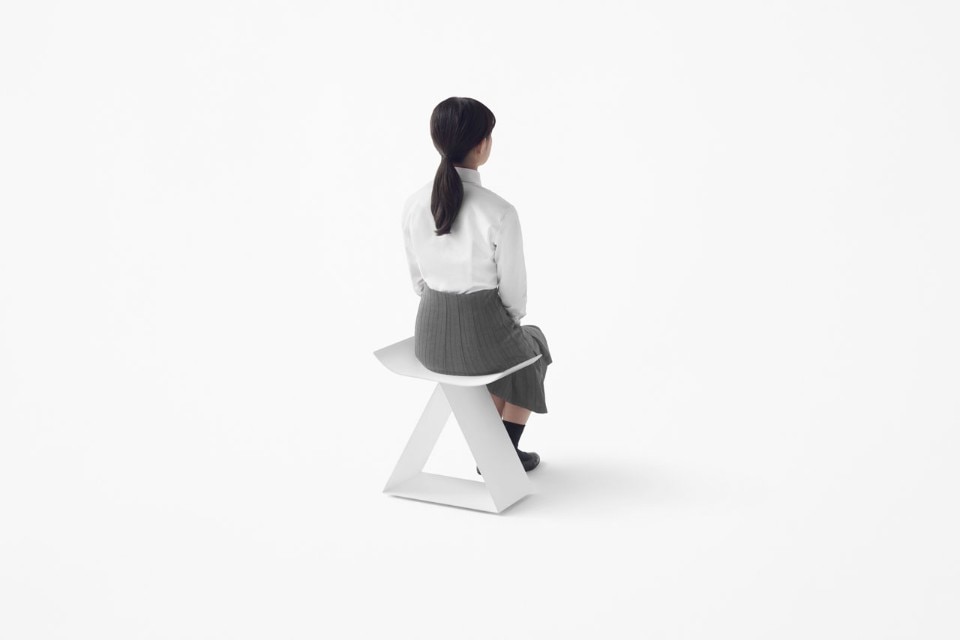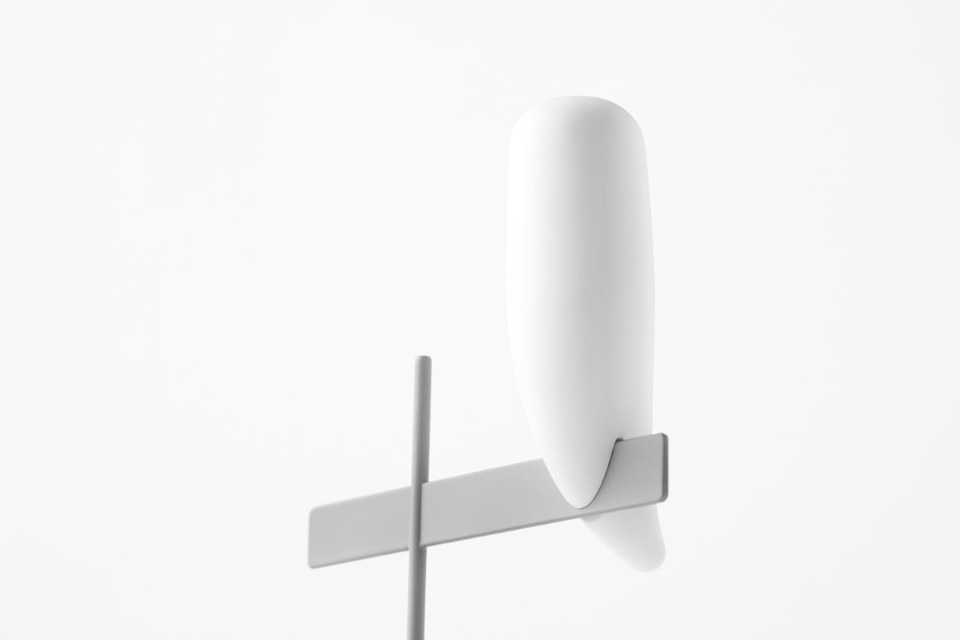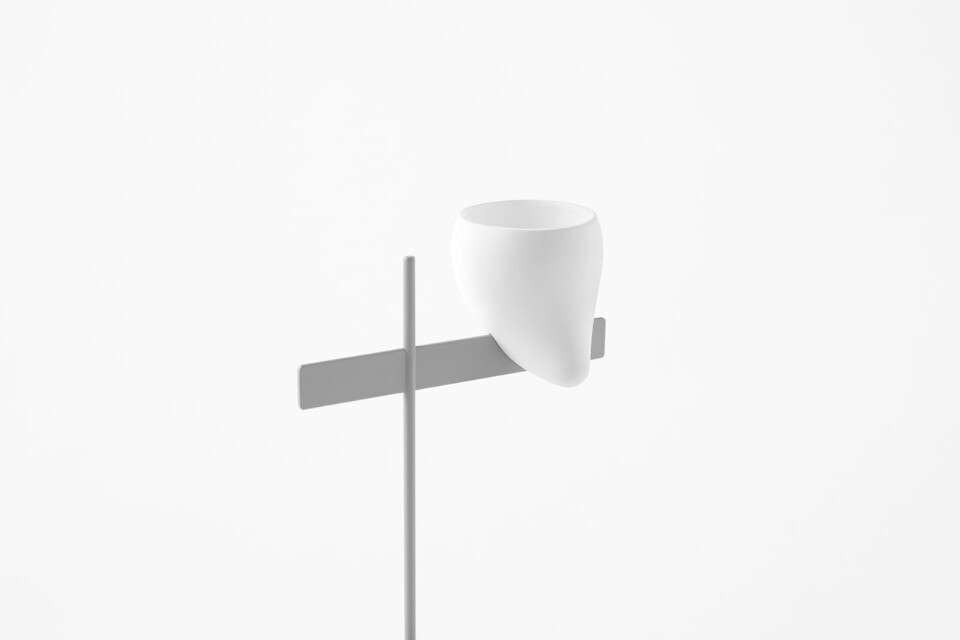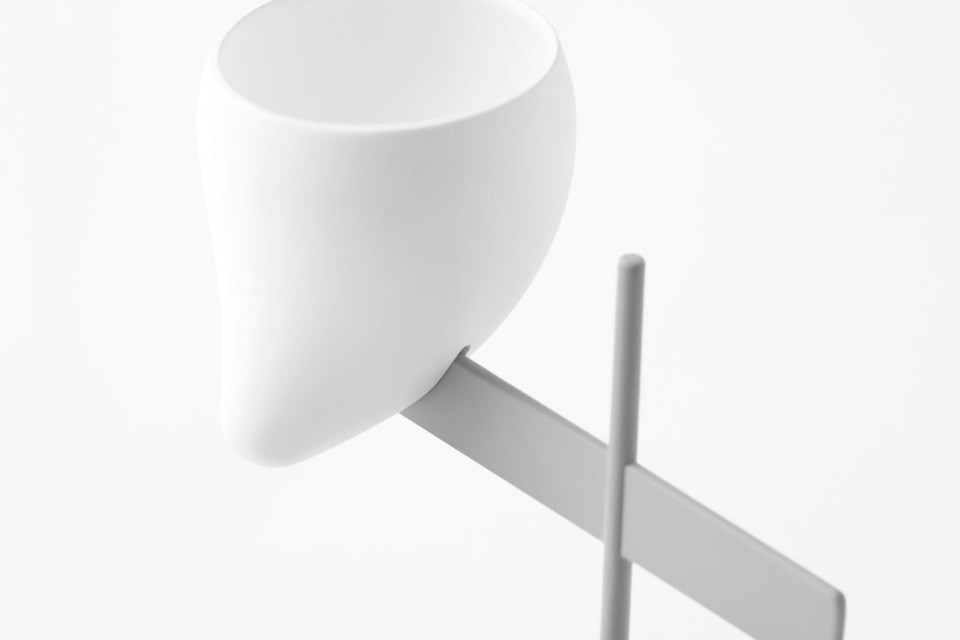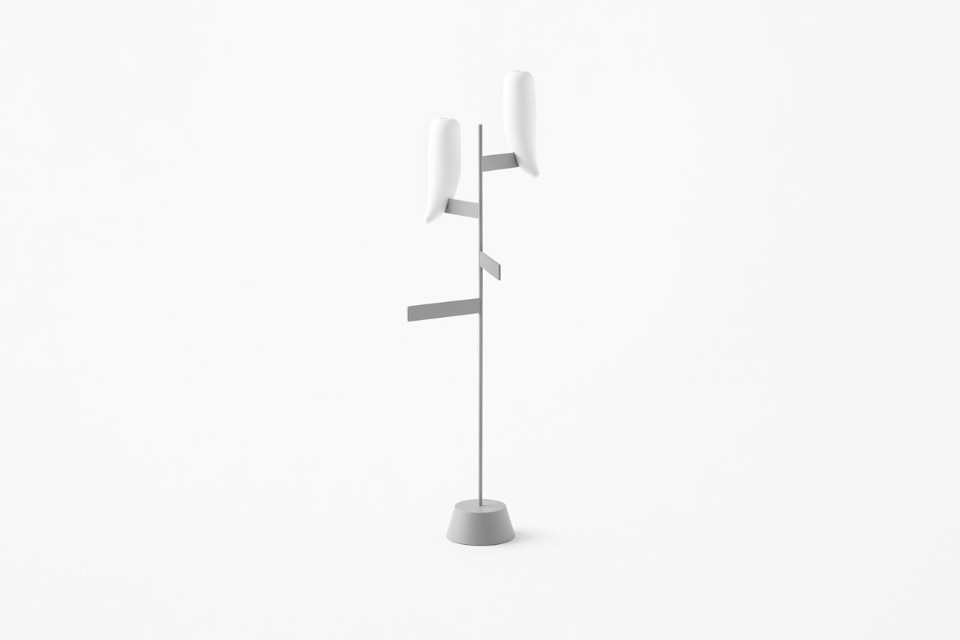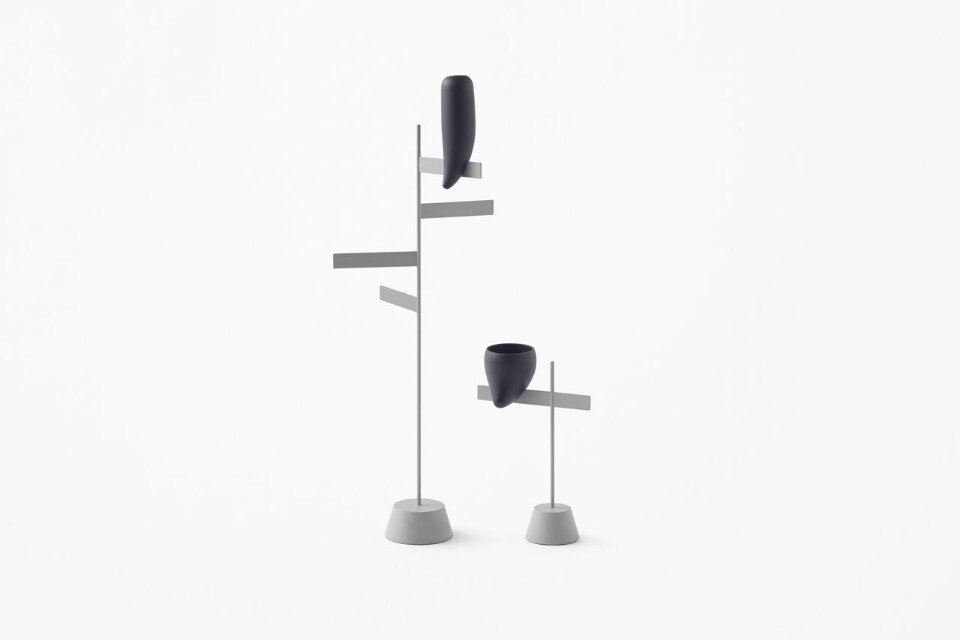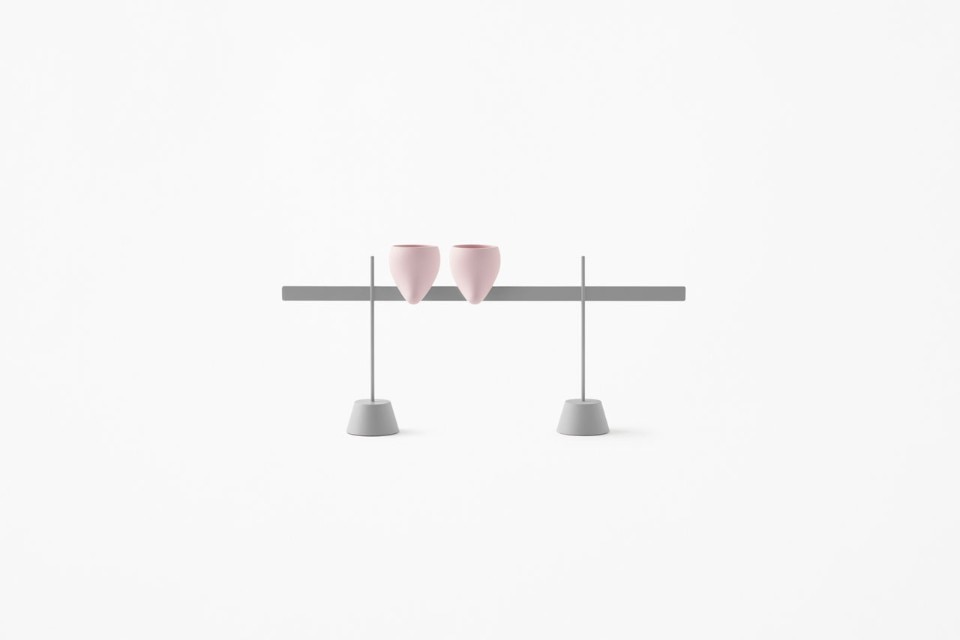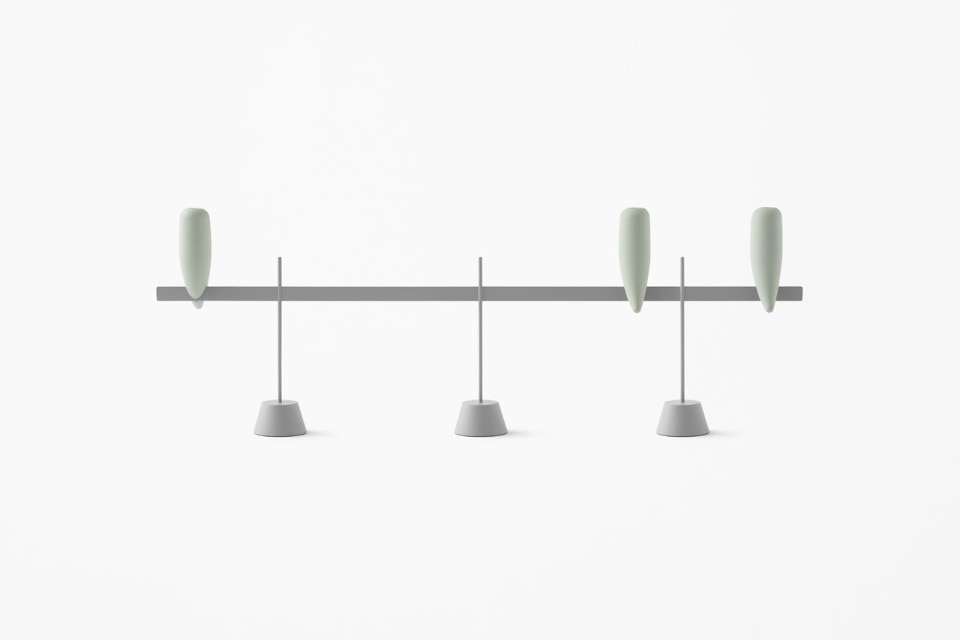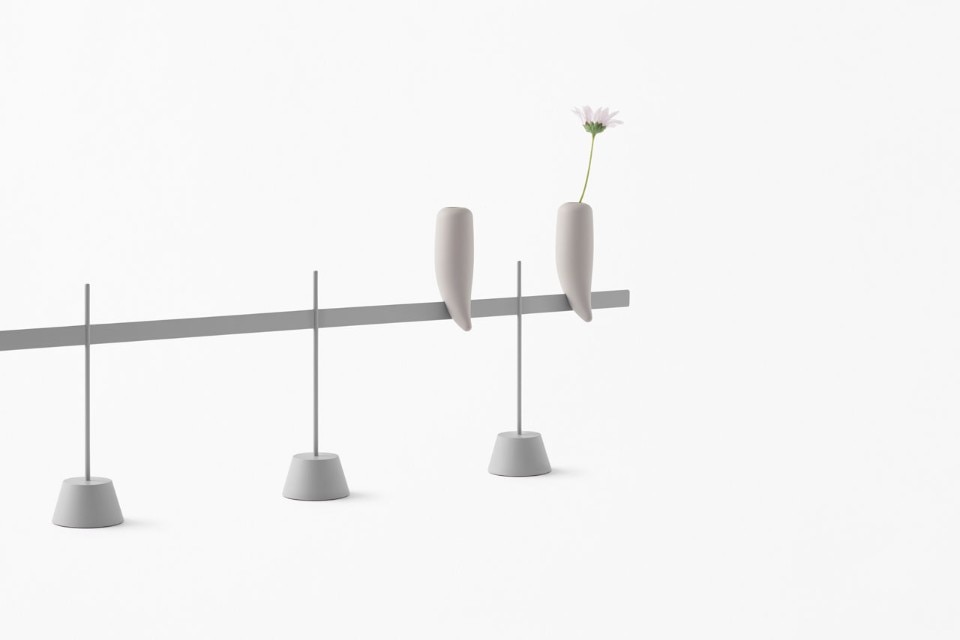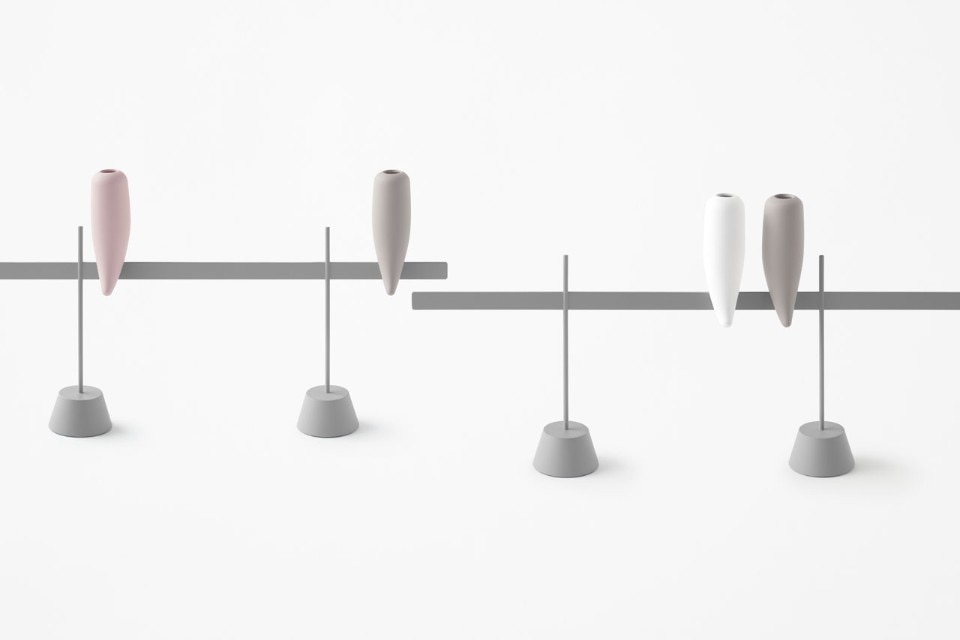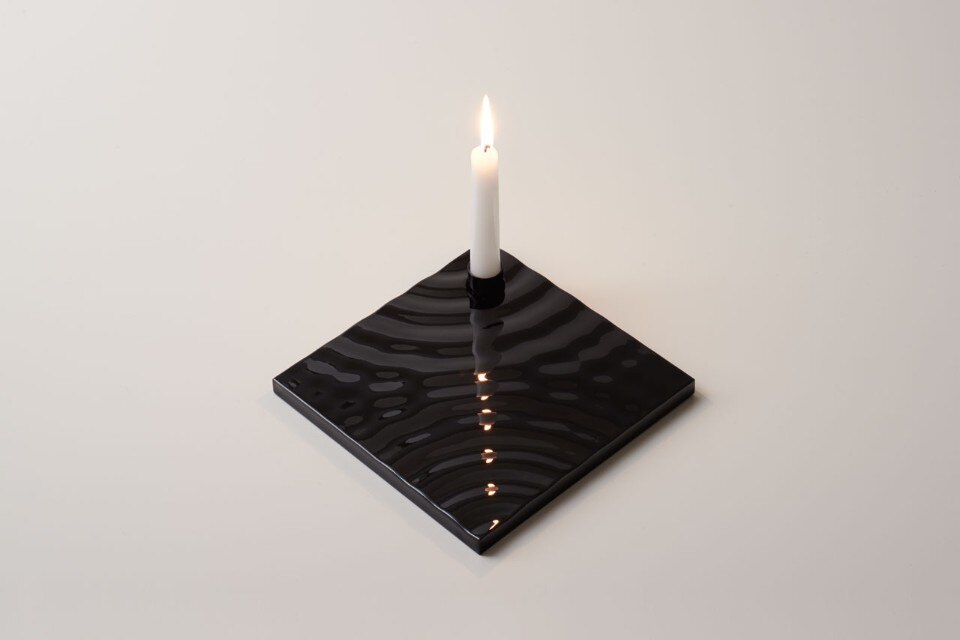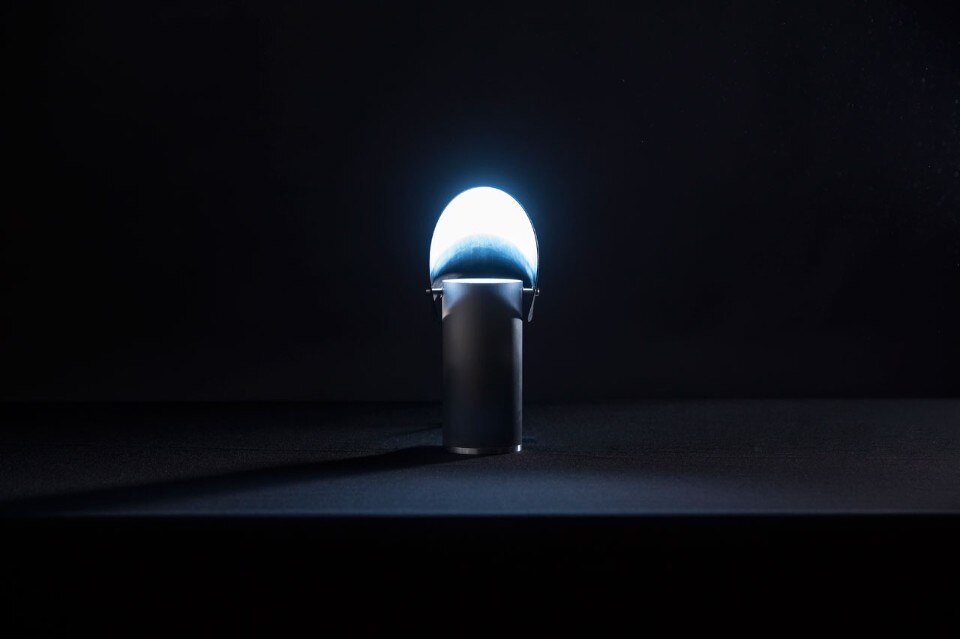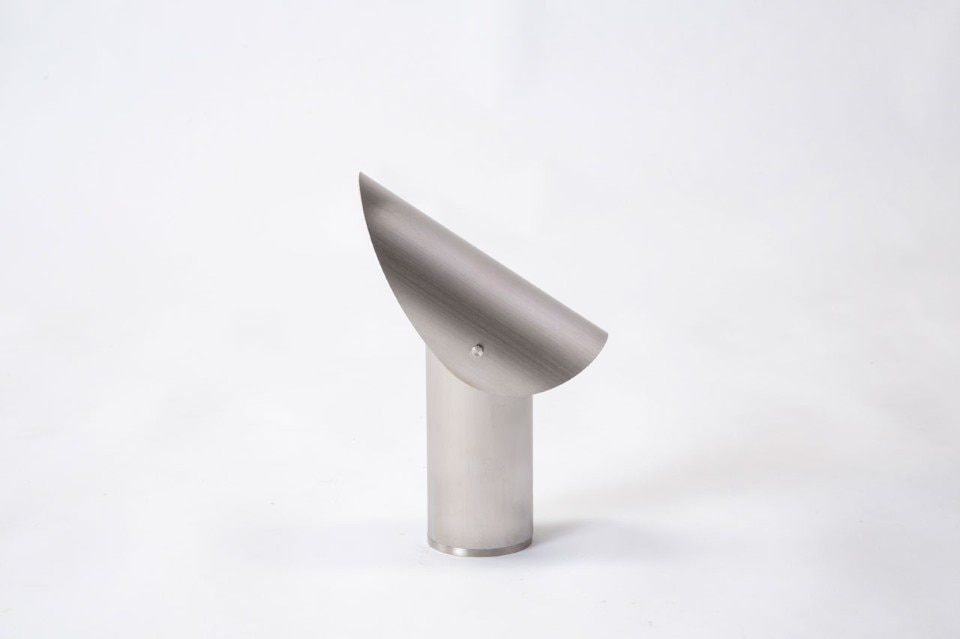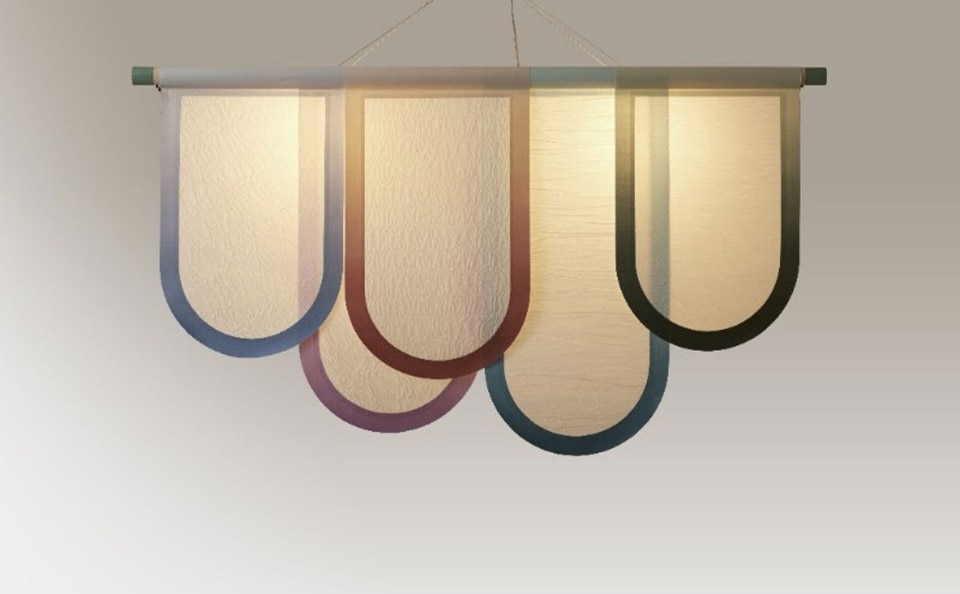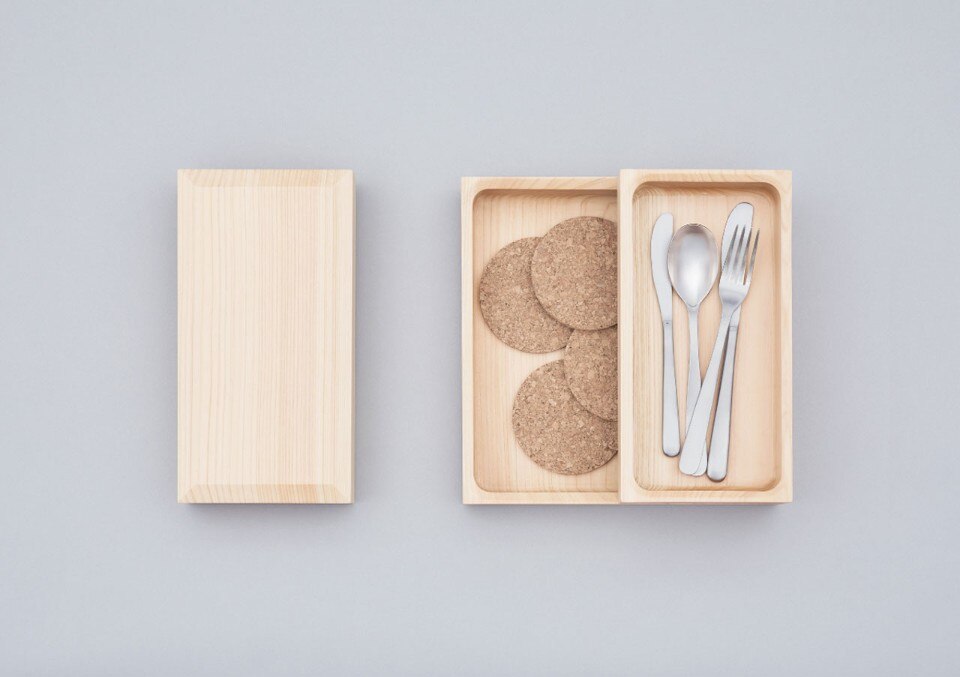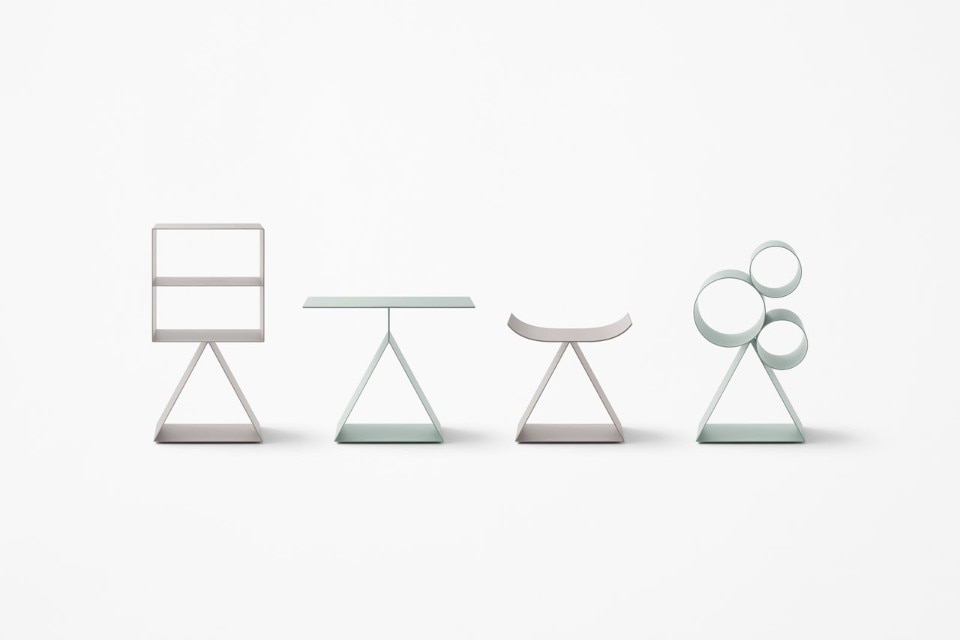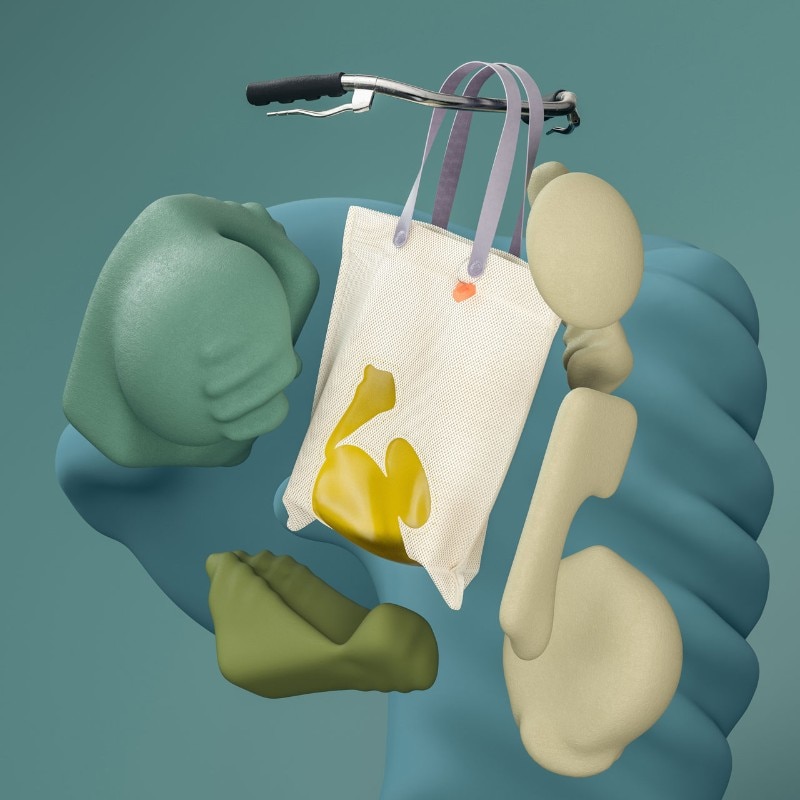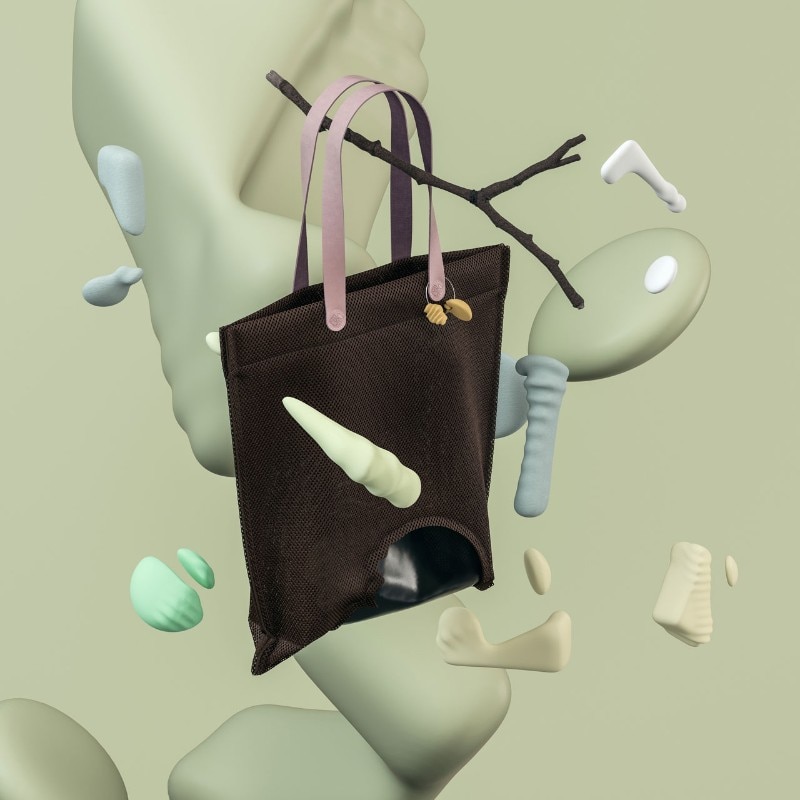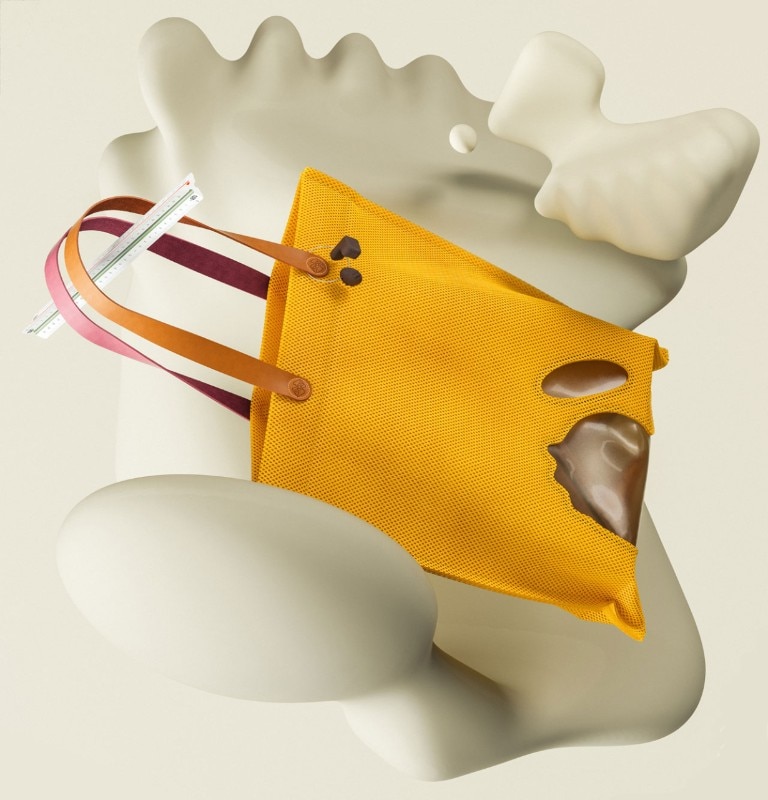The proverbial focus on a state of balance and harmony, expressed by the principle of, is still very much a central premise of Japanese identity and of the design of utensils produced in the land of the rising sun. In a culture which is heavily characterised by the adoration of handicrafts and the cult of ritualism - one thinks of tsukumogami, or cha no yu, the tea ceremony -, the unbroken bond with tradition becomes an opportunity to return to the proven value of archetypes and their consolidated beauty. On the other hand, the rapid succession between hermetic geographic isolation and openness towards globalisation has transformed research into materials and technology into a privileged instrument for updating the very nature of utensils, adapting to emerging sensibilities and updated habits. All of this without sparing poetic fragments of meaning, suspended between fascination for nature and the search for inner peace.
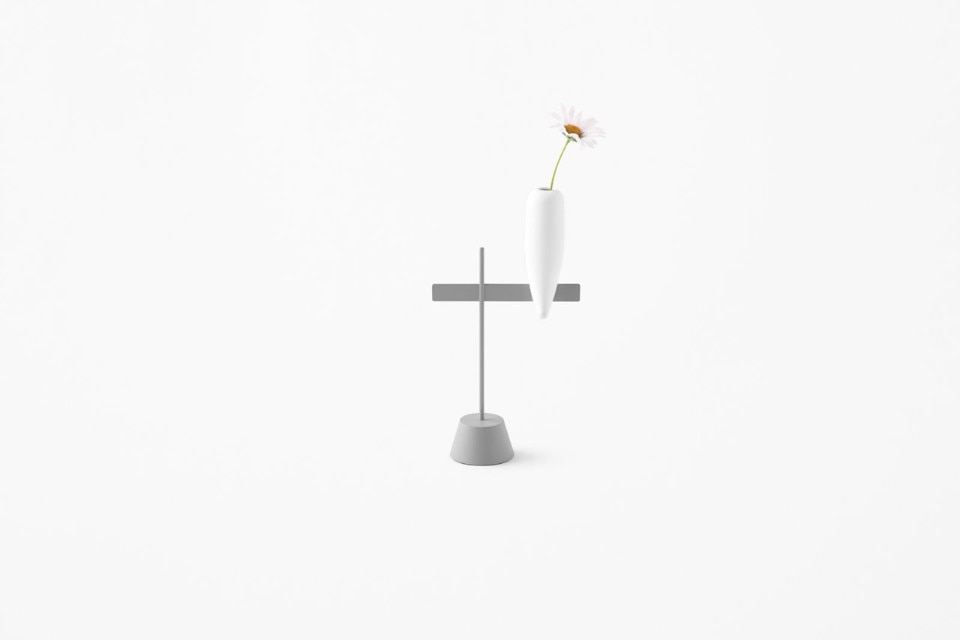
 View gallery
View gallery
The upgrading of technology to exalt - but not substitute - the quality of artisan finishes is at the centre of the recent activity in the Wakayama industrial district, historically linked to the creation of lacquered objects, as well as the epicentre for 80% of the manufacture of Japanese household items. Born from the collaboration between five local companies, the Kishu+ brand is experimenting with the application of lacquer on metal, glass and resin, as well as wood. Created to also address an international public, the products in the catalogue soften the severity of forms through new finishes, such as is the case with the Shizuko and Higure lamps, where the use of the maki-e technique, or rather the addition of metallic dust in the lacquering phase is no longer simply a decorative effect, but also a way to reflect and warm light, giving them the softness of the sunset hours. A similar effect is achieved for the Michikake mirror, where the tsuya lacquering process, which has never before been attempted on glass, lends opaque tones to the reflections.
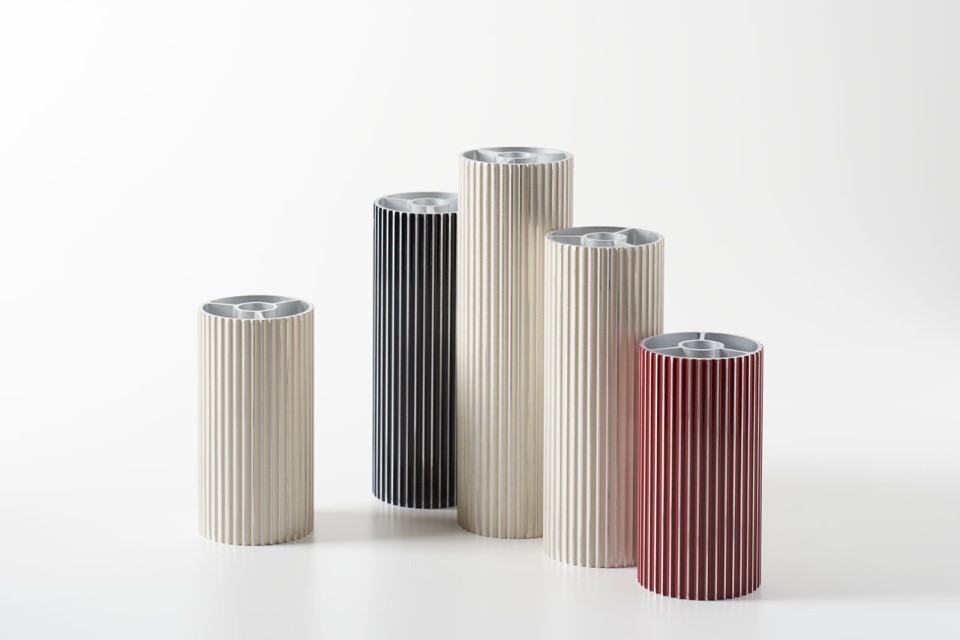
 View gallery
View gallery

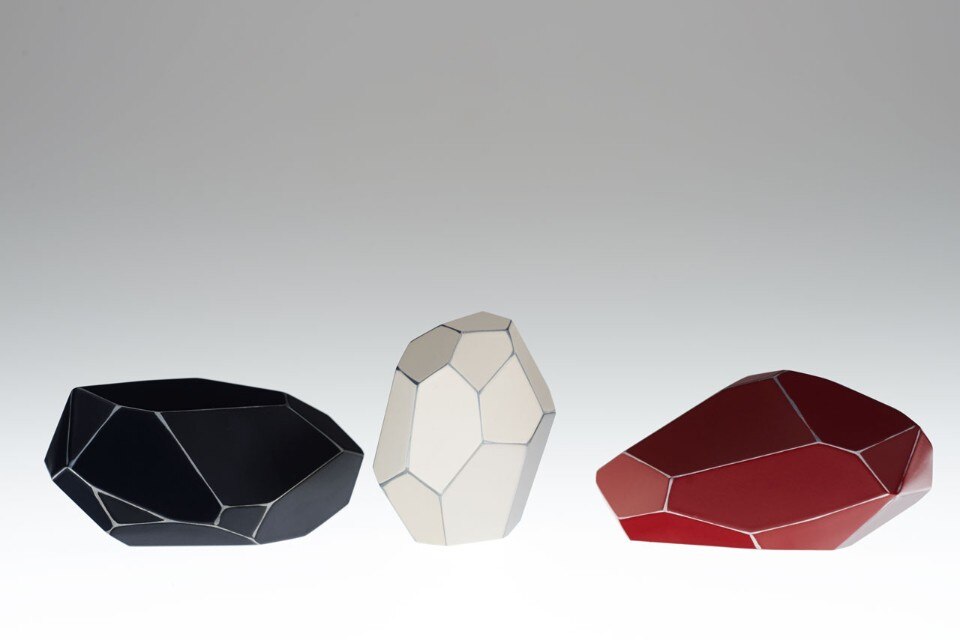
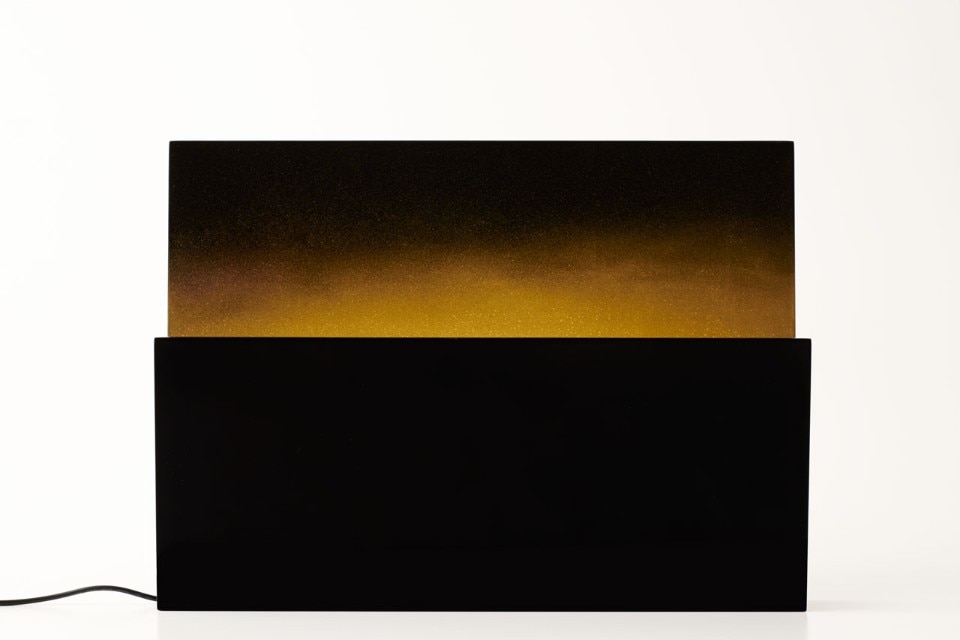
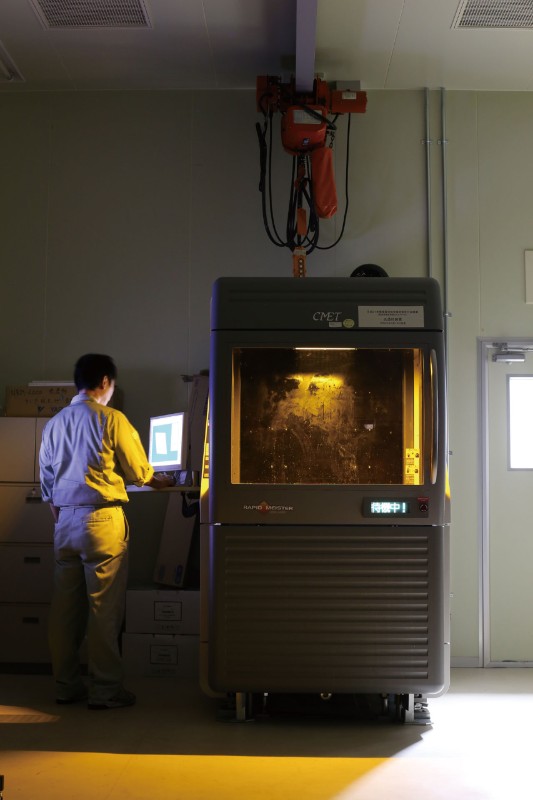
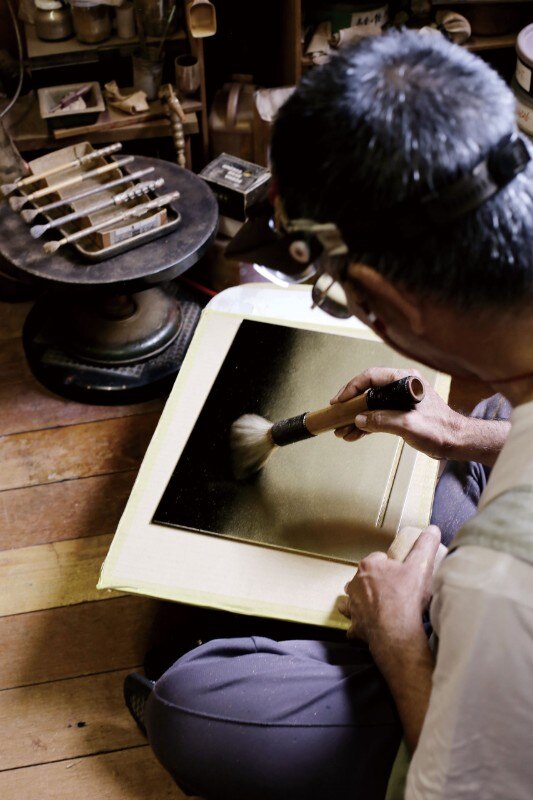
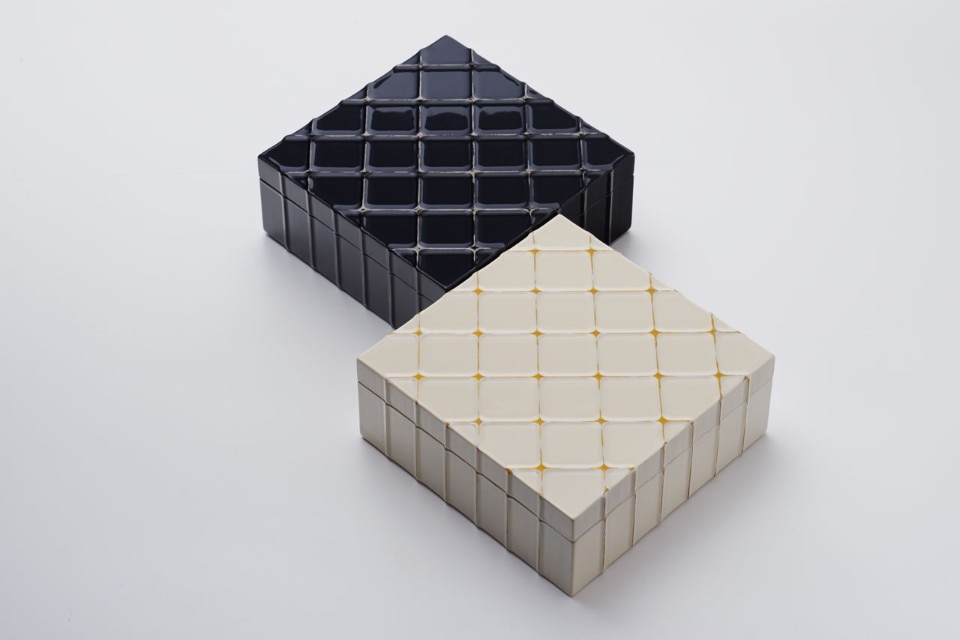
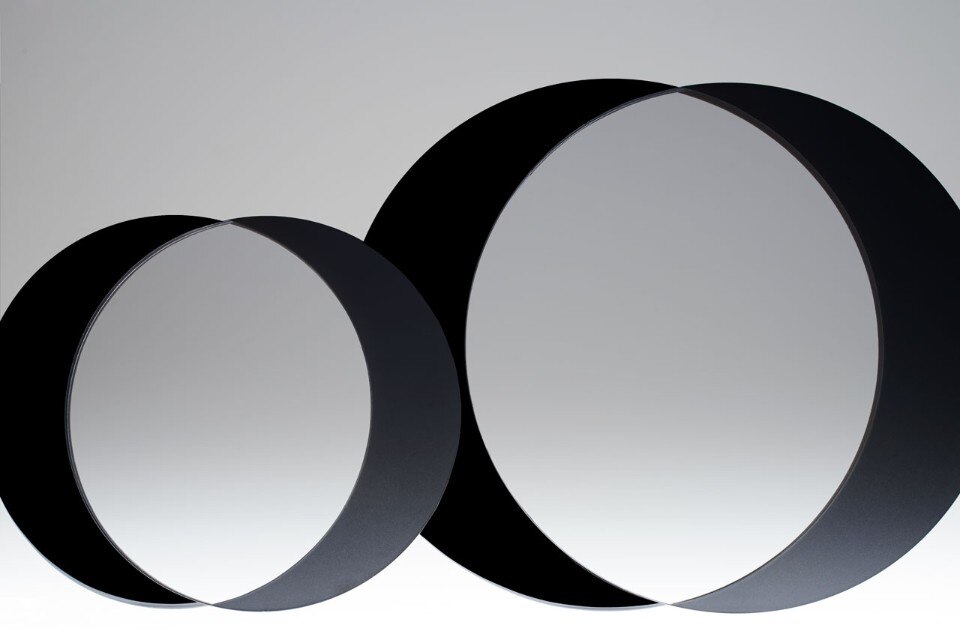
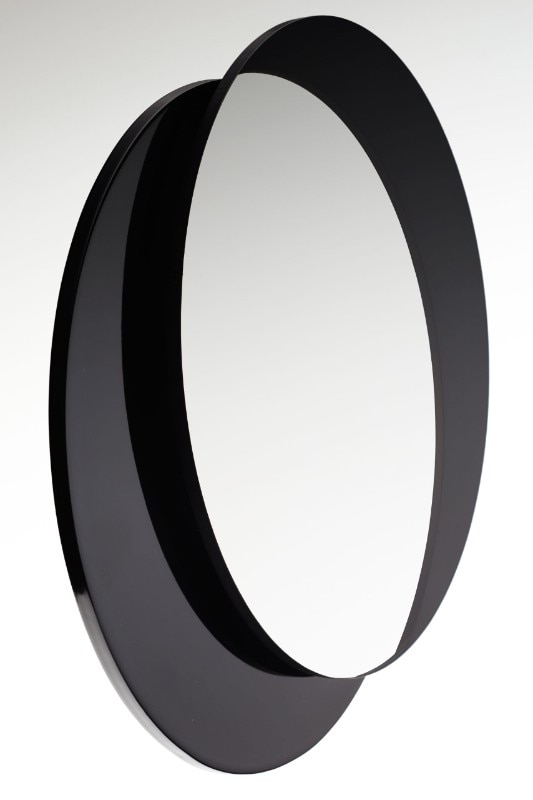
Again from the Wakayama district, new technical experiments are placed at the service of renewed environmental sustainability, as is the case with the Trepica® microfibre sponges produced by the company Aisen, thanks to which it is possible to clean the home “with peace of mind” [citing their brochure], without the use of detergents, or with the wooden boxes and chopping boards in cypress wood produced by Tsunoda Seibee Shoten, where the application of a glass nano coating guarantees longevity to utensils, protecting them from cracking and allowing them to be washed in a dishwasher. Within the range of technologies used, information technology is also transformed, case by case, into an instrument to optimise comfort and guarantee personalisation, substituting manual operation. Cut with a 3D laser, the Leaf Light stainless-steel table lamp produced by Saito Ironworks replicates the shape of the indigoferra tinctoria leaf and allows for the regulation of the intensity and colour of its LEDs via a smartphone app.
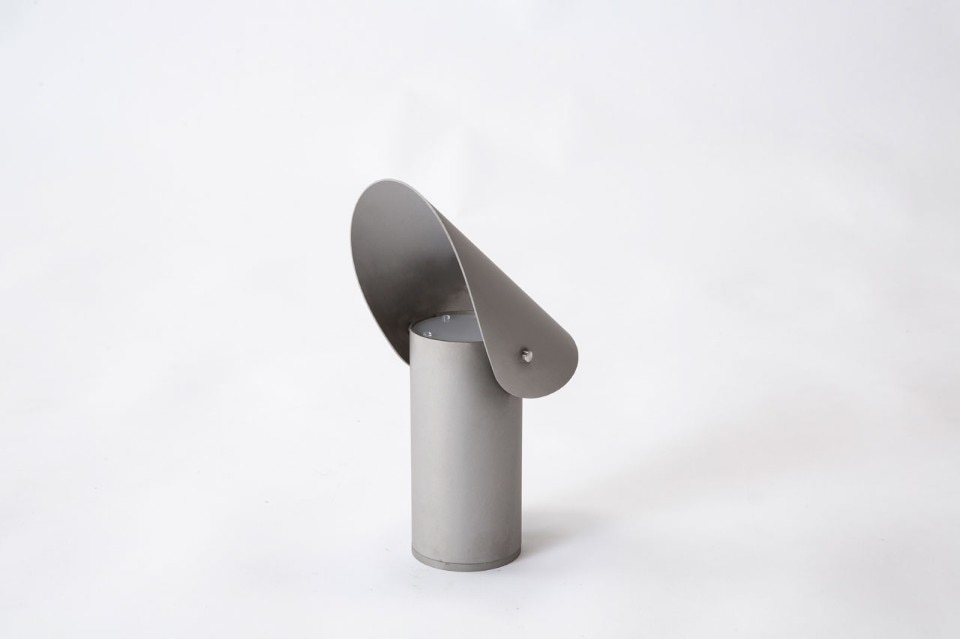
 View gallery
View gallery
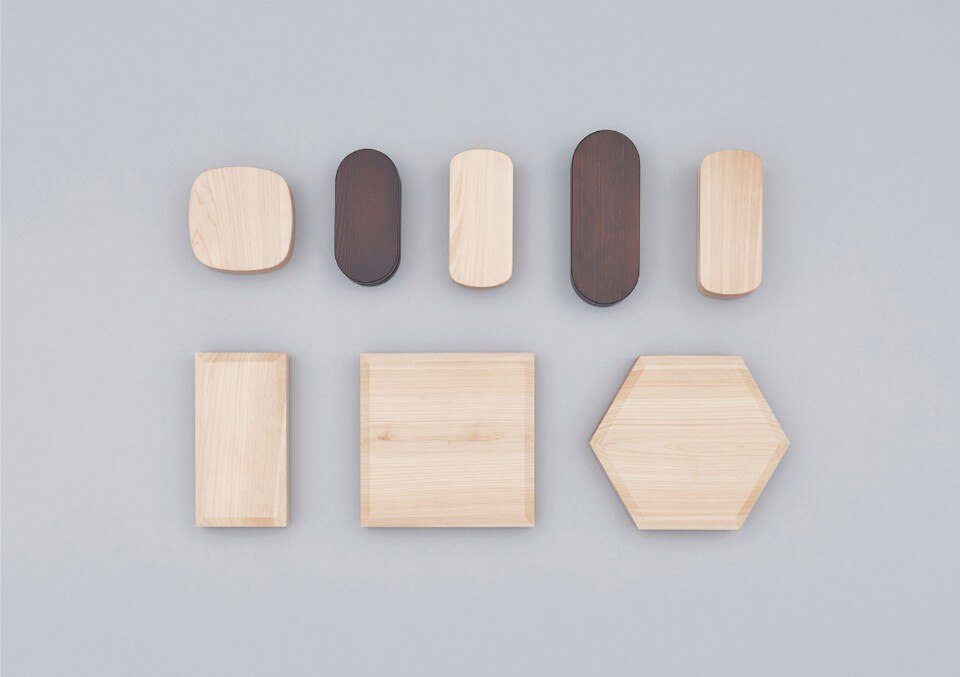
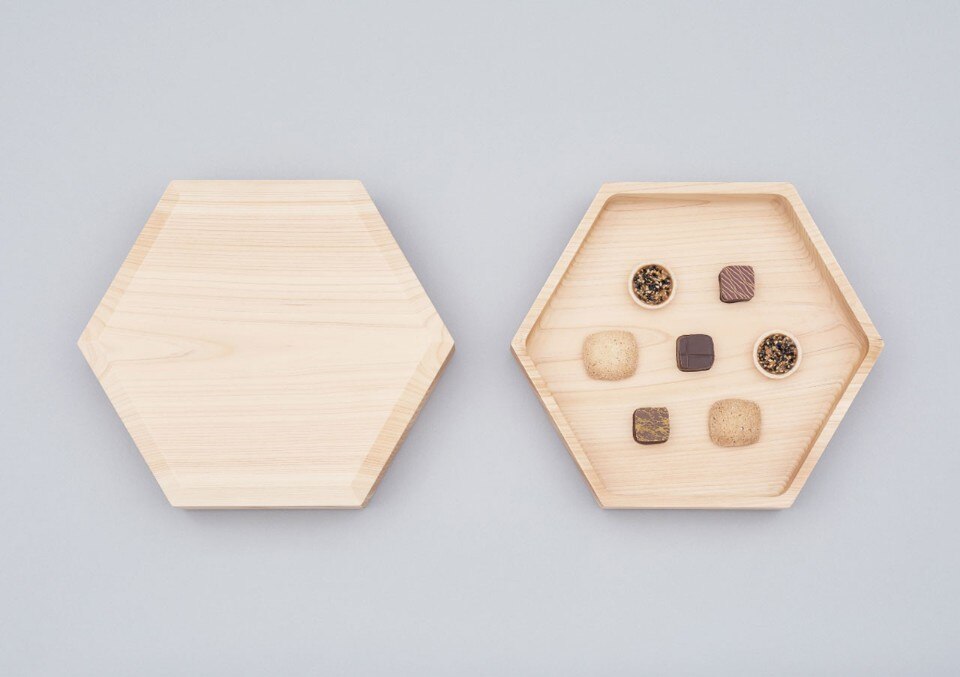
In this rapid dialogue between tradition and its variations, the collaboration between designers and overseas manufacturers outlines forms of crossover which contribute to widening the expressiveness of new products. In the latest project very recently presented at Maison&Objet by the Chinese brand Zens and created by the most prolific of Japanese designers, Oki Sato (Nendo), five micro-collections of small items of furniture and accessories for the table stand out for their notably modular nature, as is the case with the Fungi series, which draws inspiration from the gemmation of fungi, or for the Picto line of stools and side tables in varnished metal, which forms ever-differing profiles with triangular, circular and square shapes, drawing inspiration from Chinese pictograms. In terms of collaborations with Europe, the Kyoto Contemporary Project has involved the French designer Elise Fouin for a joint project with the artisan maestro Yoshishige Tanaka. The result, Saika, is a suspension light produced by the brand Gengoro, which revisits hyogu techniques, where layers of washi paper are fixed together, and kakejiku, a special painting which can be rolled up, offering a light which is not only decorative, but which also invites contemplation.
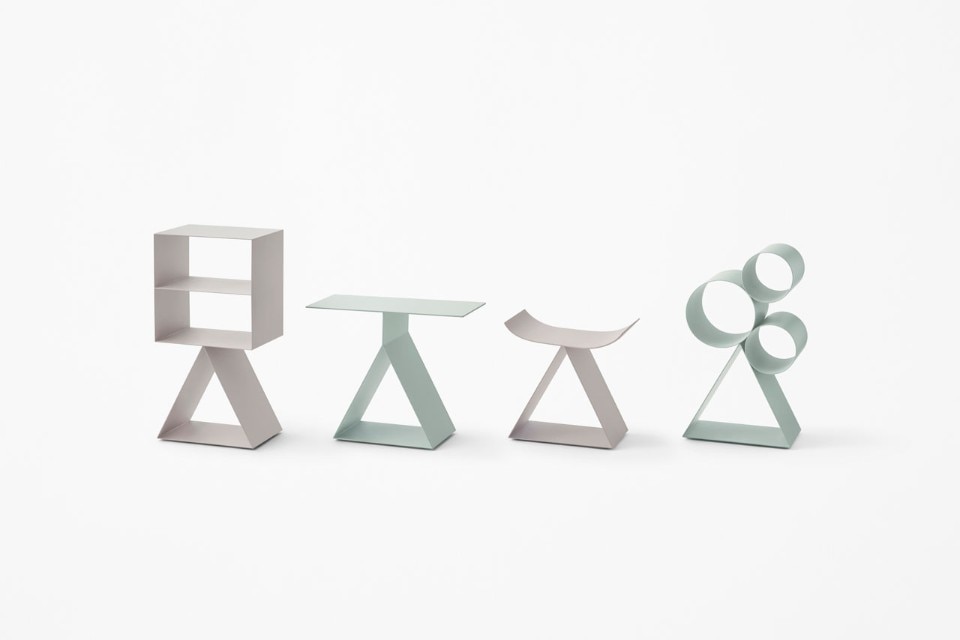
 View gallery
View gallery





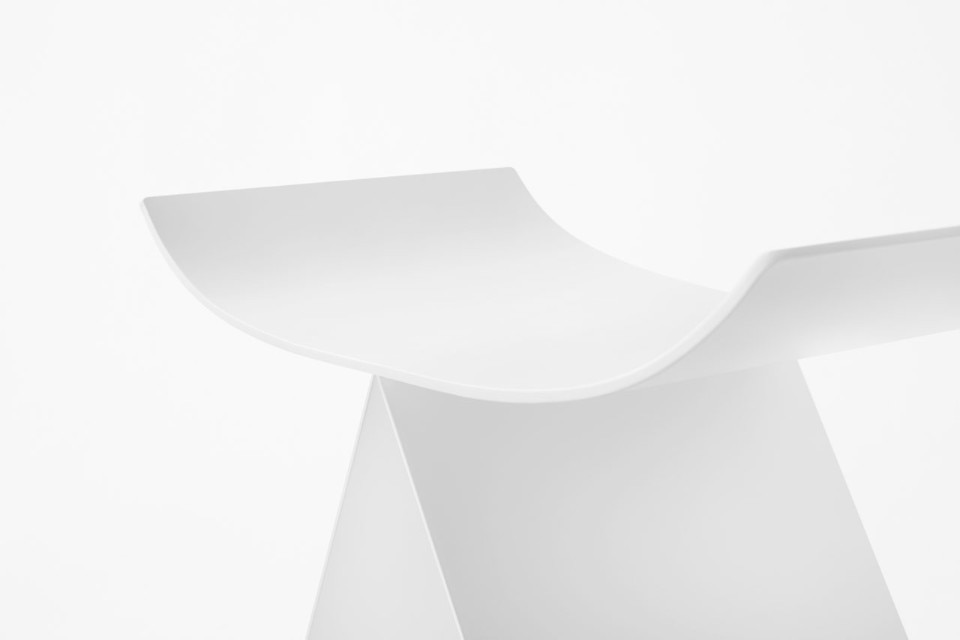
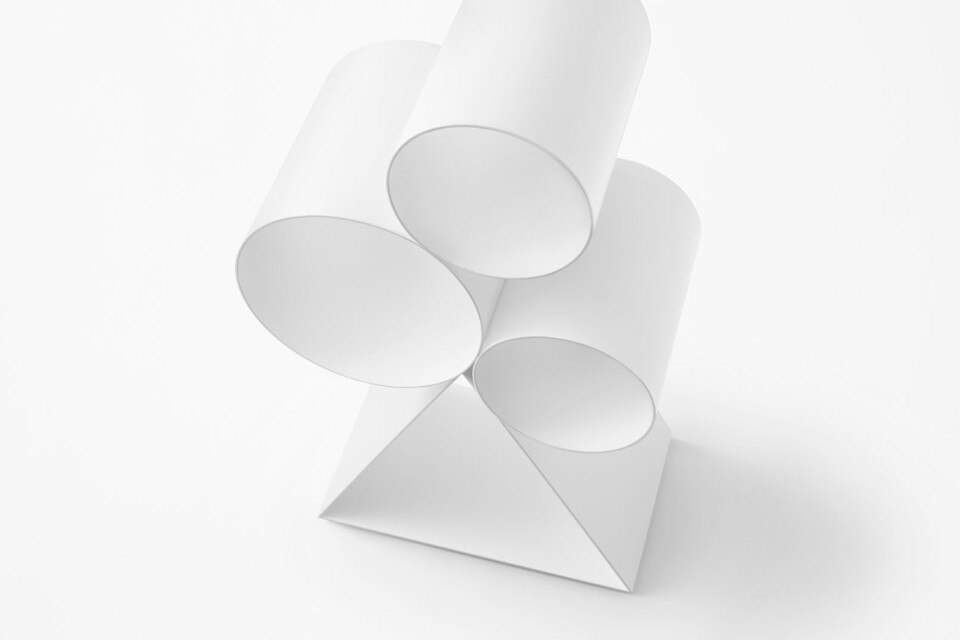




Lastly, the brand X-Magazine, headed by Toshiki Yagisawa, recently presented a completely new model of fabric shopper together with the Berlin studio ZEITGUISED. Thanks to the use of a specially-created algorithm, every bag is profiled with a differently-shaped hole, and then covered in transparent foil, providing a strange view of the objects contained. Is it possible that once again new cultures and their desecrating imagination will impose a move away from the styles of the past?
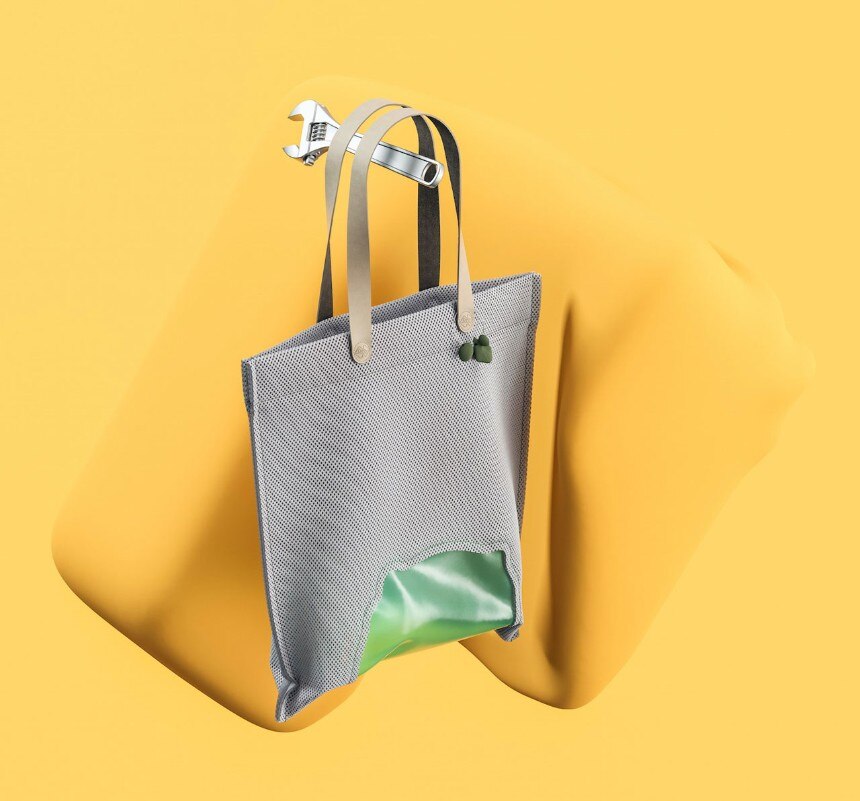
 View gallery
View gallery


